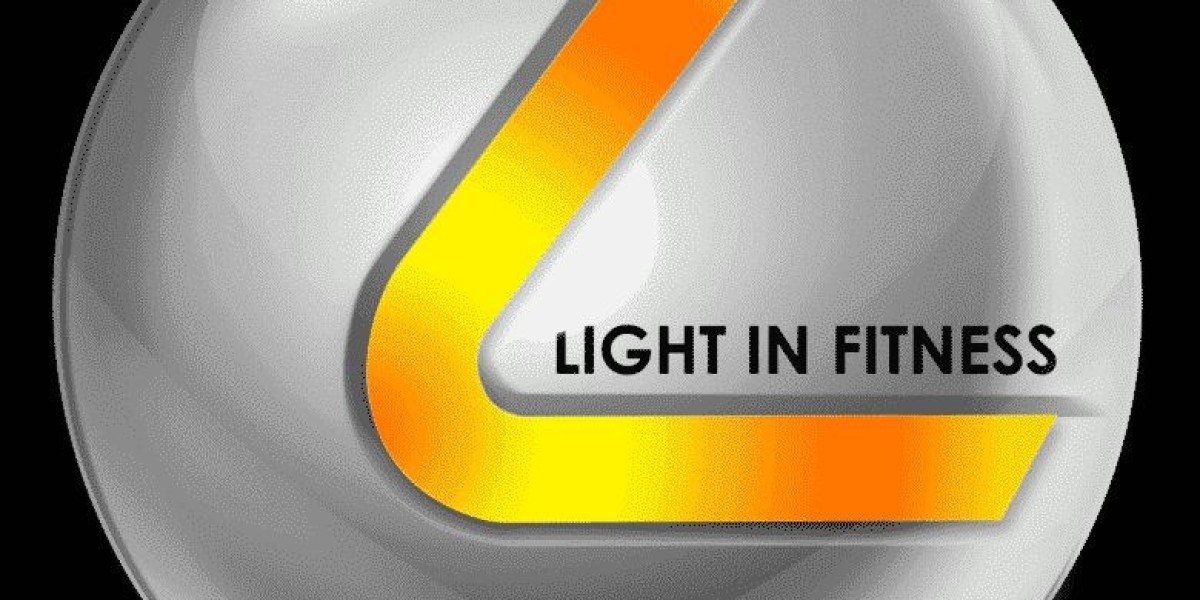### Light in Fitness: Illuminating the Path to Health
In the realm of fitness, the focus is often on exercise routines, dietary plans, and mental resilience. Yet, one crucial aspect that doesn’t always get the attention it deserves is the role of light. Light, both natural and artificial, plays a significant part in our fitness journey, influencing everything from our mood and energy levels to our sleep patterns and overall well-being. Understanding how light impacts fitness can help us optimize our routines and enhance our health.
#### The Influence of Natural Light
Natural light has a profound impact on our health. Exposure to sunlight is essential for the production of Vitamin D, which is crucial for bone health and immune function. For fitness enthusiasts, sunlight exposure can also play a role in regulating circadian rhythms—the body’s internal clock that influences sleep-wake cycles. Proper alignment of these rhythms can improve sleep quality, energy levels, and overall performance in workouts.
Morning sunlight is particularly beneficial. It helps regulate our sleep-wake cycles, making it easier to wake up early and feel energized throughout the day. Engaging in outdoor exercise in the morning can maximize these benefits, setting a positive tone for the day and boosting mood and alertness.
#### The Role of Light in Indoor Fitness
When exercising indoors, lighting conditions can significantly affect performance and motivation. The right lighting can create an environment that enhances focus and energy, while poor lighting can lead to fatigue and reduced effectiveness.
1. **Lighting for Motivation and Focus**: Bright, well-lit spaces tend to be more energizing and can improve mood and focus. In a gym or home workout area, incorporating bright, white light can mimic natural daylight and help maintain high energy levels. This type of lighting is especially useful during early morning or late evening workouts when natural light is limited.
2. **Adjusting Light for Different Activities**: Different fitness activities may benefit from different lighting conditions. For example, high-intensity interval training (HIIT) and cardio workouts often benefit from bright, stimulating light that keeps energy levels high. On the other hand, activities like yoga or stretching might benefit from softer, more calming lighting that promotes relaxation and focus.
#### The Impact of Artificial Light on Sleep and Recovery
Artificial light, especially from screens and devices, can disrupt our sleep patterns. Exposure to blue light from phones, tablets, and computers in the evening can interfere with the production of melatonin, a hormone that regulates sleep. Poor sleep can negatively impact recovery and performance, making it crucial to manage light exposure before bedtime.
To improve sleep quality, it’s advisable to reduce exposure to bright screens and use warmer, dim lighting in the evening. Implementing a relaxing bedtime routine, including dimming lights, can help signal to your body that it’s time to wind down and prepare for restful sleep.
#### Seasonal Considerations and Light Therapy
Seasonal changes can affect light exposure and, consequently, fitness. During winter months, shorter days and reduced sunlight can lead to lower energy levels and diminished motivation. Light therapy, which involves exposure to bright, artificial light that mimics natural sunlight, can help alleviate symptoms of Seasonal Affective Disorder (SAD) and improve mood and energy levels.
Using a light therapy box in the morning can be an effective way to combat the effects of reduced sunlight during the winter months. This can help maintain consistent energy levels and support regular exercise routines, even when outdoor conditions are less inviting.
#### Practical Tips for Incorporating Light into Your Fitness Routine
1. **Maximize Natural Light**: Try to schedule workouts during daylight hours and exercise outdoors when possible. Early morning or late afternoon workouts can help you take advantage of natural light and support your circadian rhythms.
2. **Optimize Indoor Lighting**: Ensure your indoor workout space is well-lit, using bright, white light to keep energy levels high. For activities requiring relaxation, consider using adjustable lighting to create a calming atmosphere.
3. **Manage Evening Light Exposure**: Reduce exposure to bright screens and use dim, warm lighting in the evening to improve sleep quality. Consider using blue light filters on devices to minimize disruption to your sleep patterns.
4. **Use Light Therapy if Needed**: If you experience reduced energy or mood changes during darker months, consider incorporating light therapy into your routine. This can help mitigate the effects of reduced natural light and support overall well-being.
5. **Pay Attention to Your Body’s Signals**: Everyone responds differently to light, so pay attention to how different lighting conditions affect your mood, energy levels, and sleep. Adjust your lighting practices to fit your individual needs and preferences.
#### Conclusion
Light, whether natural or artificial, is a powerful element in our fitness journey. By understanding and optimizing light exposure, we can enhance our performance, improve recovery, and support overall health. From maximizing natural light to managing artificial light, incorporating thoughtful lighting practices into our fitness routines can help illuminate the path to better health and well-being. So, the next time you lace up your sneakers or roll out your yoga mat, remember that light isn’t just something you exercise under—it’s an integral part of your fitness journey.



